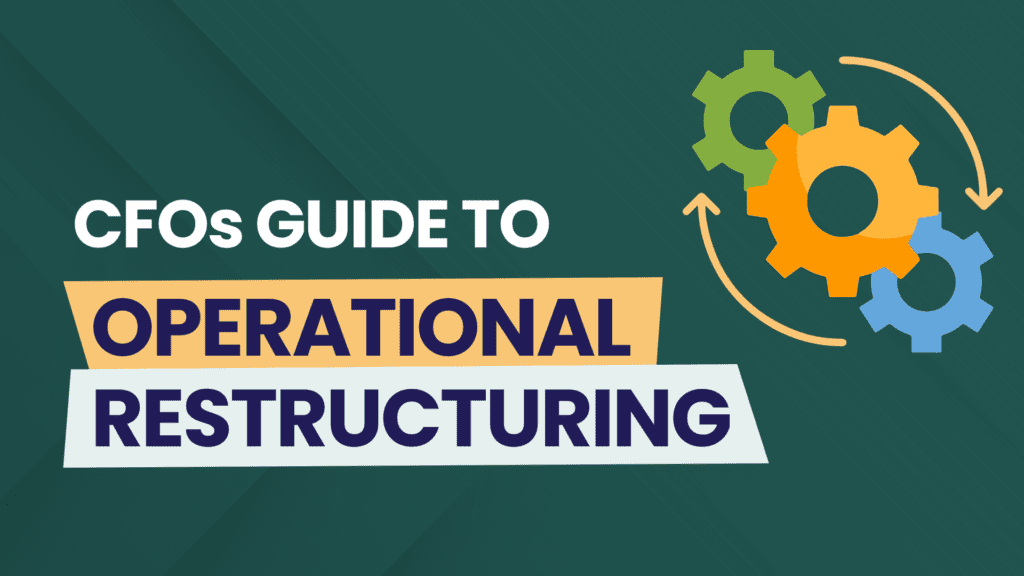Unified Ledgers v Modular Ledgers – what’s the difference?

[Blog by Chris Tredwell]
What’s the Difference Between Unified and Modular Ledgers in Finance Systems?
Unified ledger accounting systems integrate all ledgers into a single data source, allowing real-time updates, instant reconciliation, and faster reporting. In contrast, modular systems separate General, Sales, and Purchase Ledgers—mimicking outdated paper-based accounting processes. This article explores how unified ledgers drive automation, reduce admin, and enable flexible analytics, making them a powerful choice for modern finance teams seeking operational efficiency and scalability.
And why do unified ledger accounting systems improve automation and real-time reporting?
If you were to search Google, you’ll find very few articles written about the emergence of the single combined (aka unified) ledger and its value to accounting software, despite the concept having been around for quite some time. The cynic might argue that this is because most of the key players in the market over the last few decades have been built using modular accounting principles. You will however likely find that most new modern software brought to market in recent years (such as Xero and Aqilla) have adopted this ledger evolution.
The concept of a single combined (aka unified) ledger accounting application is often new to people who have used traditional modular accounting systems, though the idea is very simple. Traditional modular systems have separate General, Purchase and Sales Ledgers which reflect times when accountants wrote information into large paper books or ledgers. Balances on control accounts were copied from one book to another, so that a full set of accounts could be completed and as an additional process control accounts were reconciled. This ensured that all of the individual entries added correctly to the control totals before any transfers were made.
In the late 1970s computer experts spotted the potential for writing accounting systems using computer software. Quite rightly they asked accountants what they did and replicated the system of accounting used, providing a solution that was easy to understand.
This was the birth of modular accounting software which reflects the historic process by either generating information in the background or by batch updates from one ledger to another. What the experts didn’t ask was why accountants had this multiple book system. The reason for which is simply that having a single book would mean that having to accumulate values for what had been bought, sold or received in cash would be extremely difficult to manage and history had taught them how accounting should be done.
A single combined (unified) ledger accounting system works differently; it is a single book in which two entries, a debit and credit, are made at the same time. All of the debits add to the same value as all of the credits. The result is that no control accounts are required and no transfers to other ledger books.
Some of the key benefits of a unified ledger scream out to the modern-day finance department and the challenges they are facing…
- Save time
A unified ledger’s single entry system is always in balance and does not require reconciliation among general, sales, and purchase ledgers. Thus, there is an immediate availability for combined (unified) reporting across all ledgers.
As a result of having all ledger data in one place, without having to wait for background processing, you are able to close your books faster, resulting in greater efficiency.
Given the efficiencies a unified ledger solution brings to entering information into your system, administrative tasks can be completed quicker and with fewer errors which in turn free’s up resource for other tasks such as analysis. - Streamline reporting and analytics
While traditional accounting software uses structured account codes for the purposes of reporting, unified ledger systems use a simple chart of accounts plus a range of user-definable analysis codes that have independent coding structures—much like an OLAP cube.
The result is a flexible coding structure that can be configured to meet the needs of every business unit and even refined to capture different additional data, depending on the account or the type of transaction.
Customers can easily configure the ledger to define the dimensions of data they want, and also easily adapt the account’s structure as business needs change. Coding changes are much simpler, as the system does not rely on generating all the permutations of account and segments (which can result in a massive combinatorial explosion).
Users can easily set up whole new analysis dimensions to cater to evolving data needs, for instance, translation of reports from headquarter to local branch account codes and vice versa.
Combine unified ledgers with Big Data systems and you have the recipe for business analytics that are more powerful than anything else. - Increase flexibility
A unified ledger system makes it easy to handle multiple currencies (local currency, transaction foreign currency, reporting currency, etc.) Furthermore, user-definable ledgers can be set up for specific purposes, such as budgeting or alternative treatments.
Despite these obvious benefits, some people have voiced concerns that given, by design, unified ledger systems tend to store all transactional data in one table this can lead to more complicated report writing as the user has to distinguish between supplier, customer and nominal transactions. However, solutions such as Aqilla overcome this by supplying the user with an extensive range of attributes (additional reference or statistical information fields) to flip this concern on its head and turn it into an advantage. This enables organisations to add additional data fields to their system themselves (in a matter of minutes) rather than relying on system updates from their supplier.
Another opposition is that as data volumes grow reporting can become very slow, taking days in some cases to produce profit and loss accounts. This is indeed prevalent across a lot of systems but regardless of whether or not they are unified or modular ledger systems. The route cause of this issue is linked to another aspect of a systems architecture – is it transactional or event-driven? ie. is it designed to cope with high volumes of transactions or has it instead derived from a CRM system and been designed to react to events? (We’ll explore this topic in greater detail in a follow-up post)
In Summary
If you’re looking for new software for your finance department and key requirements are improving automation and reporting then you must explore a unified ledger solution as part of your review. Given the increasing pressure on CFOs to find efficiencies in their processes so they can focus their resources on analysis, your software choice is key.







Responses